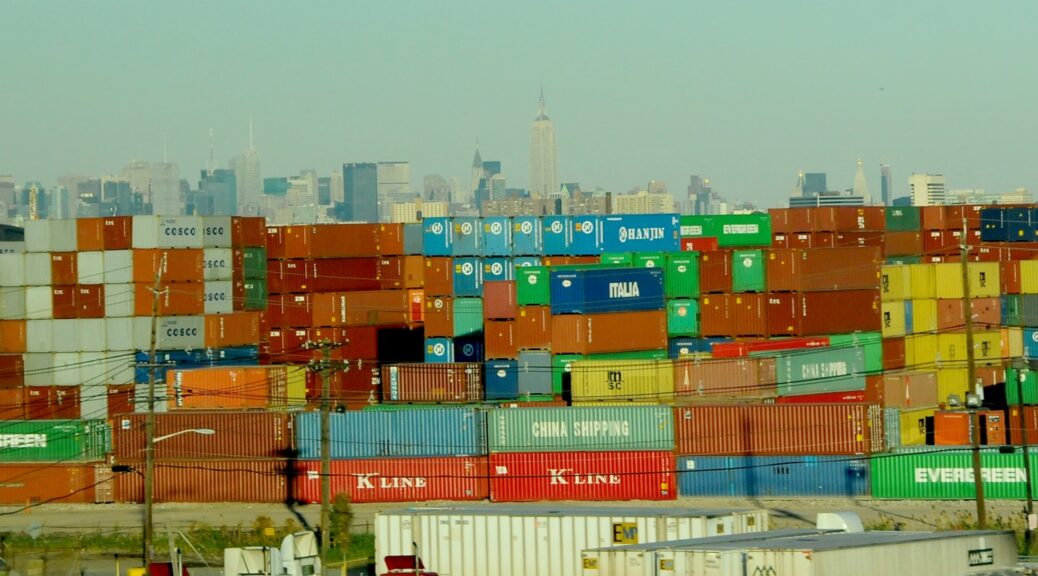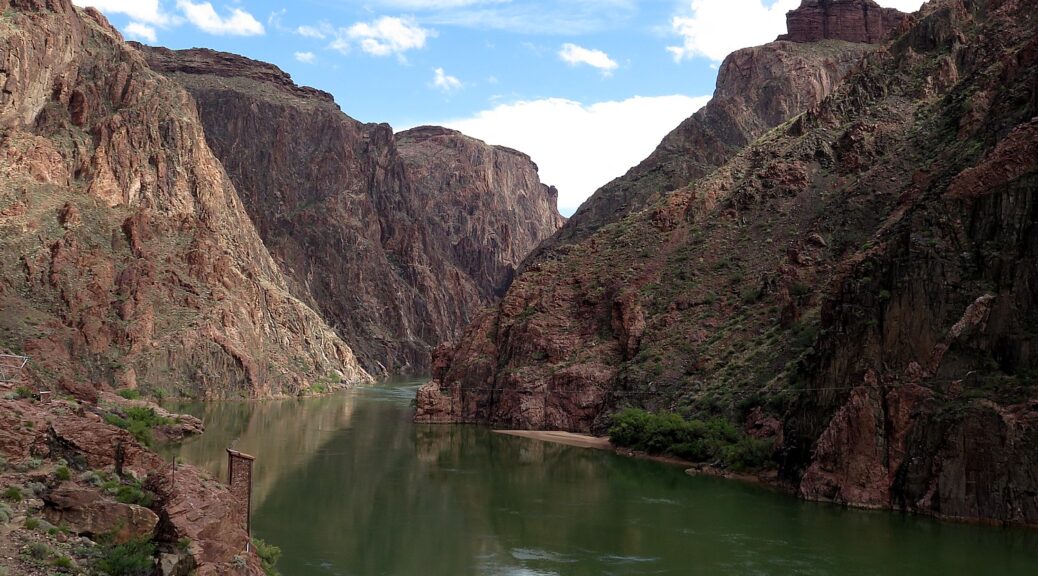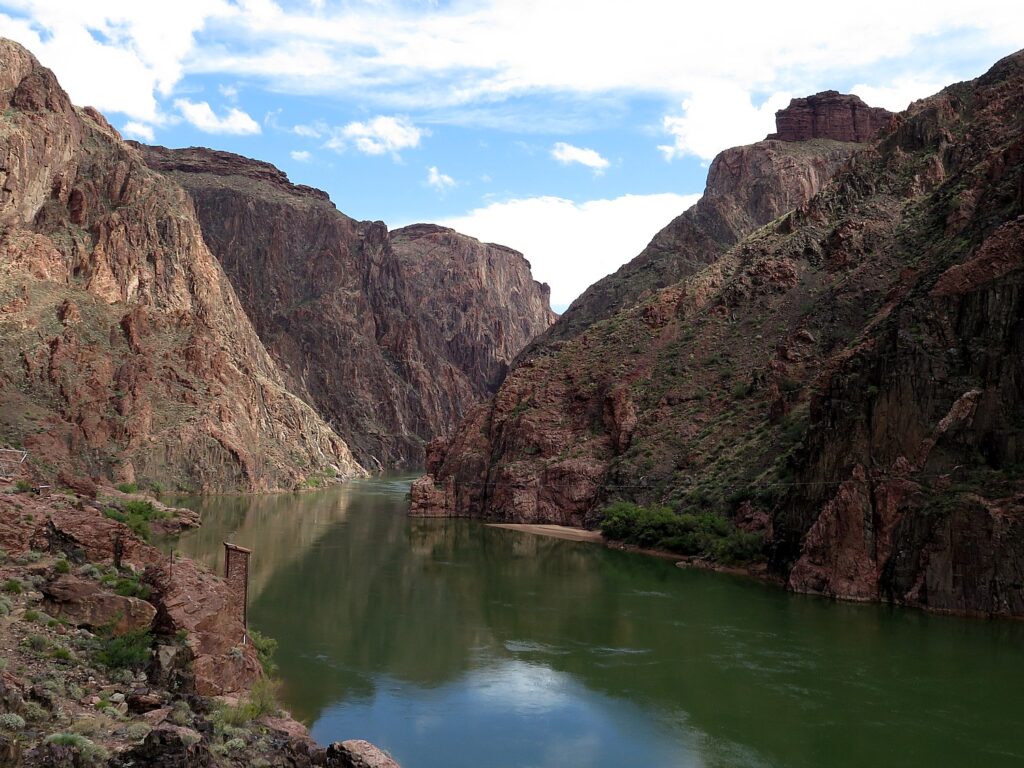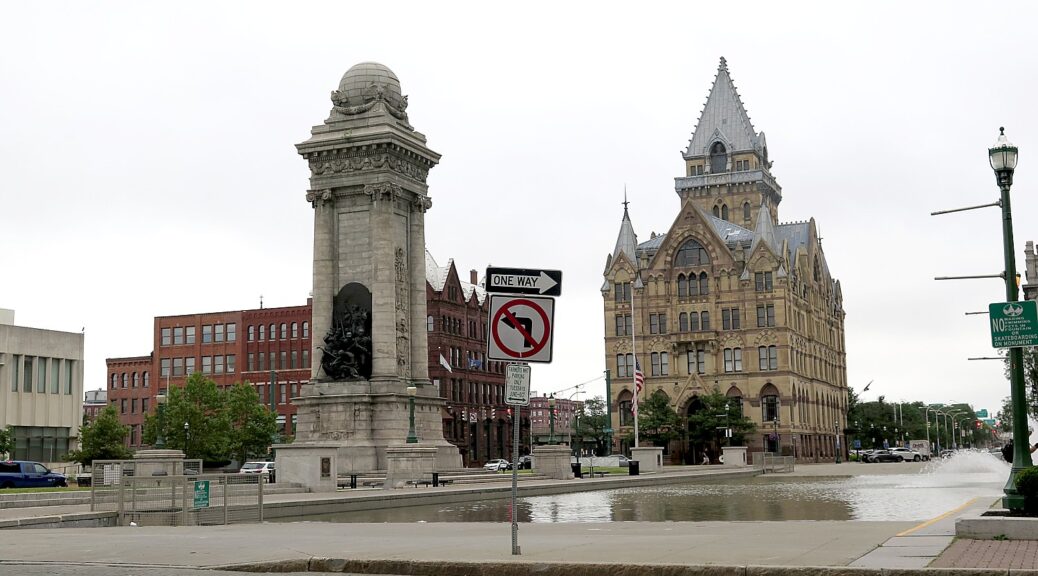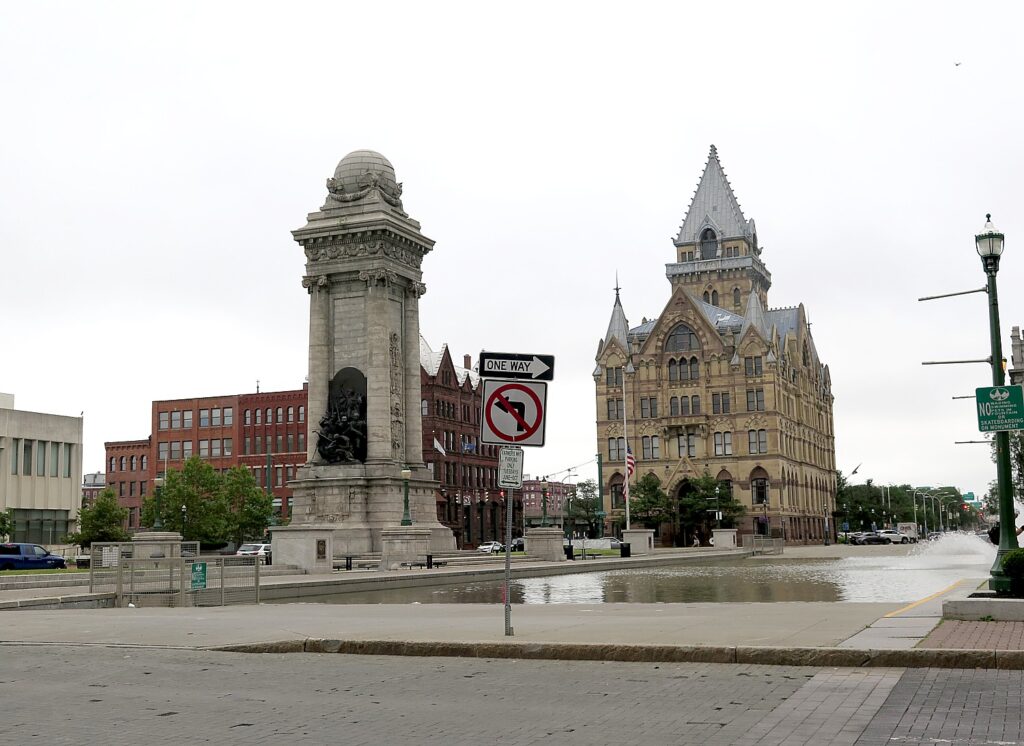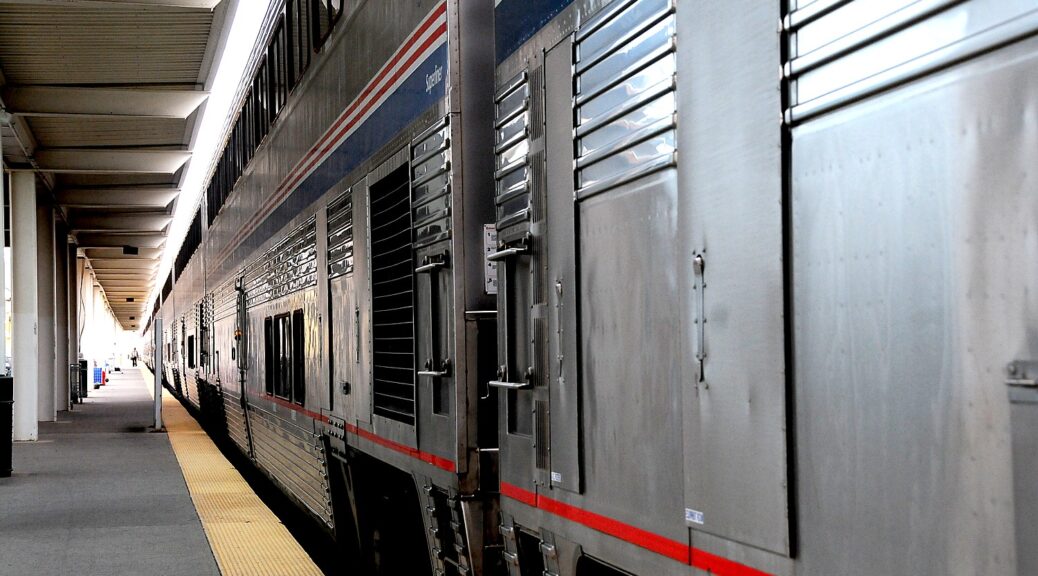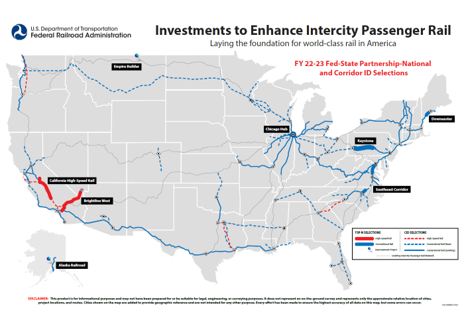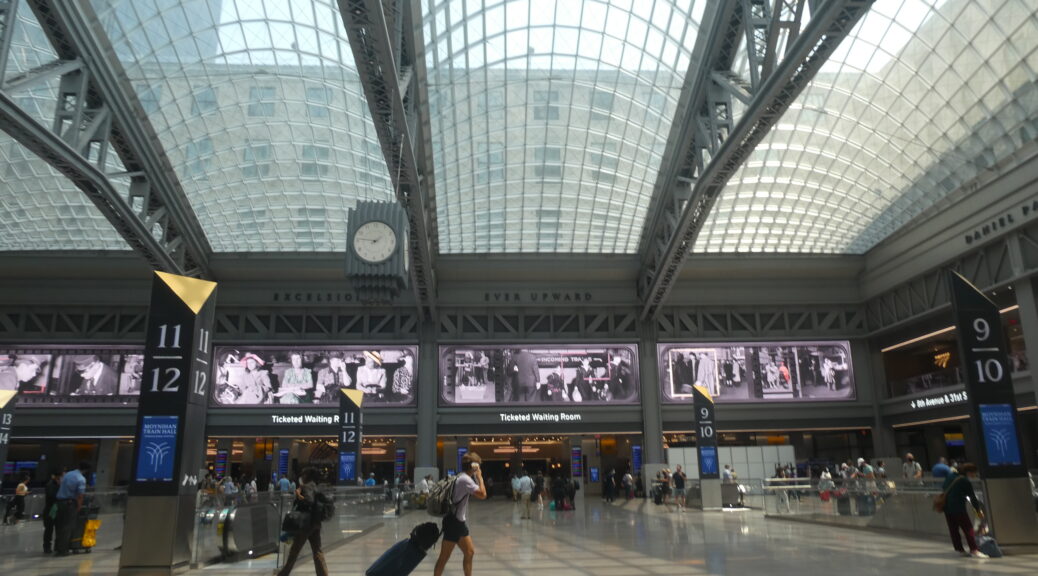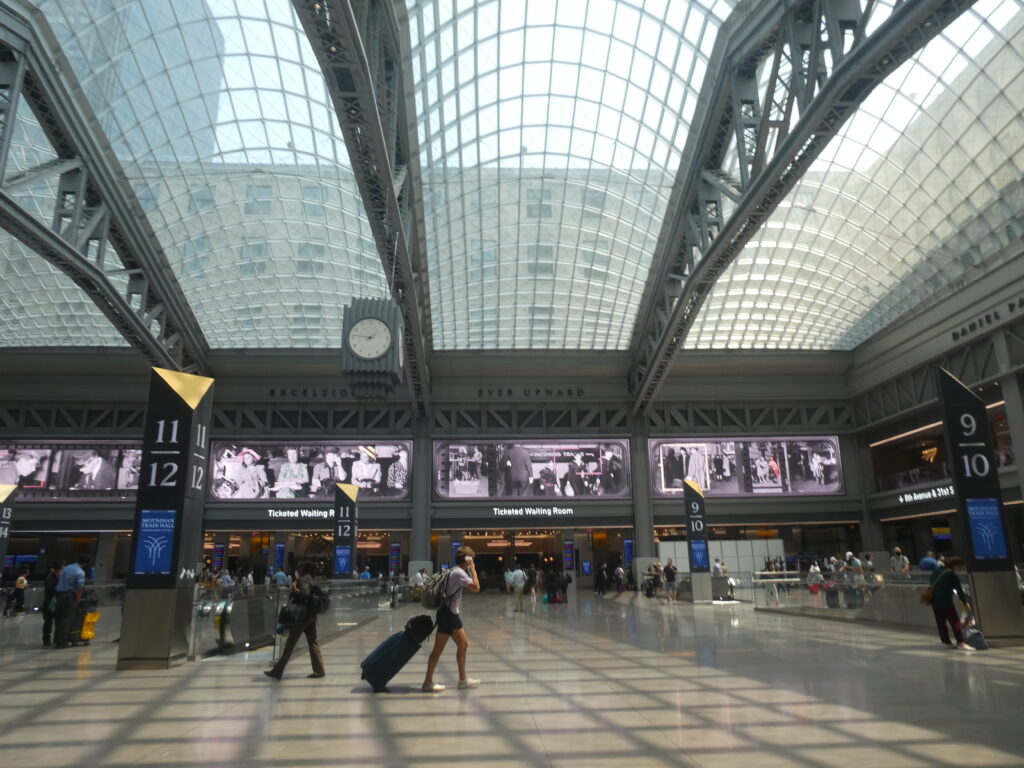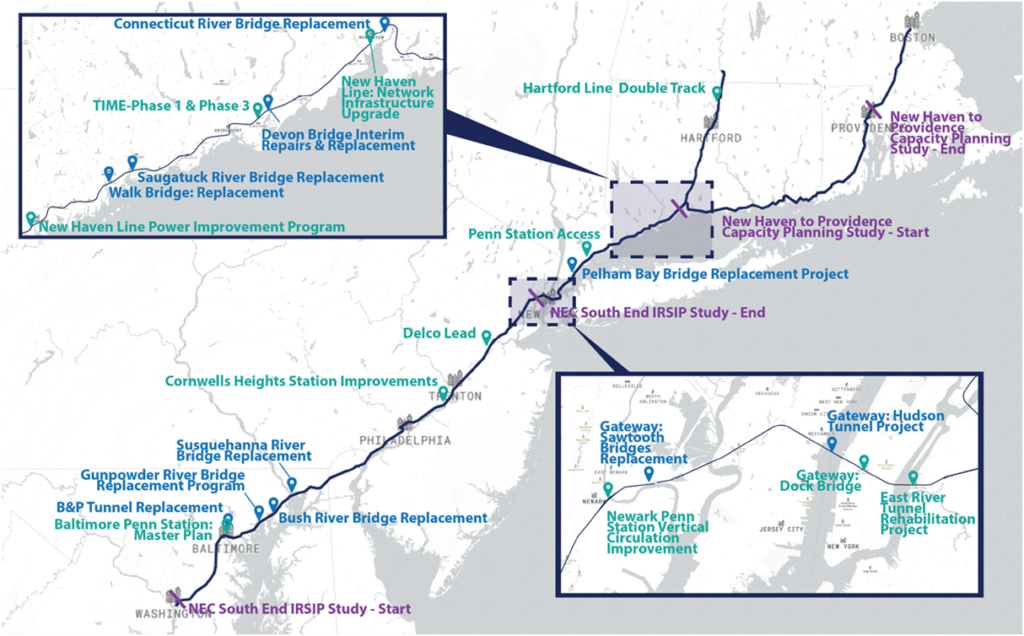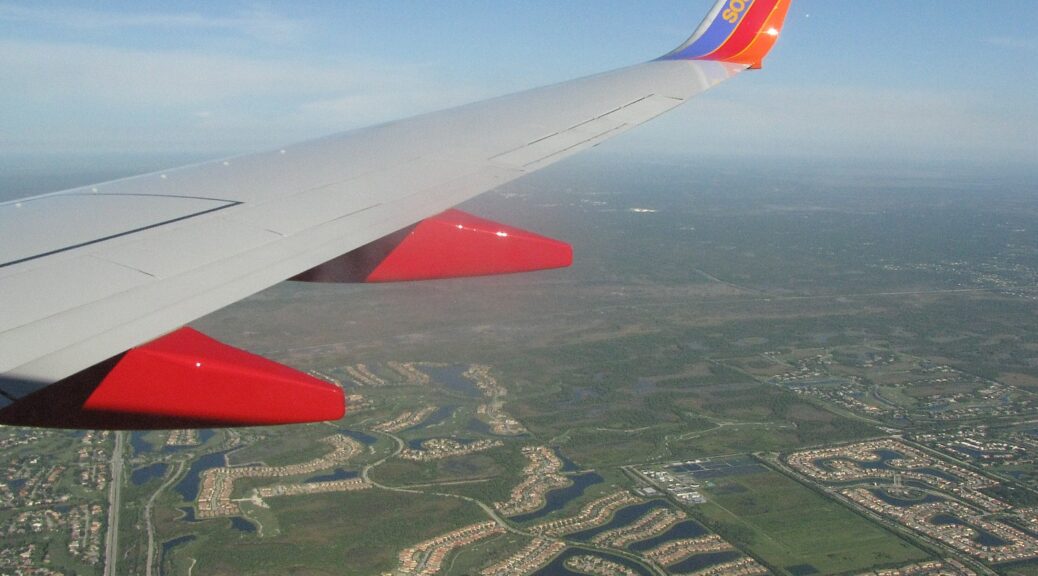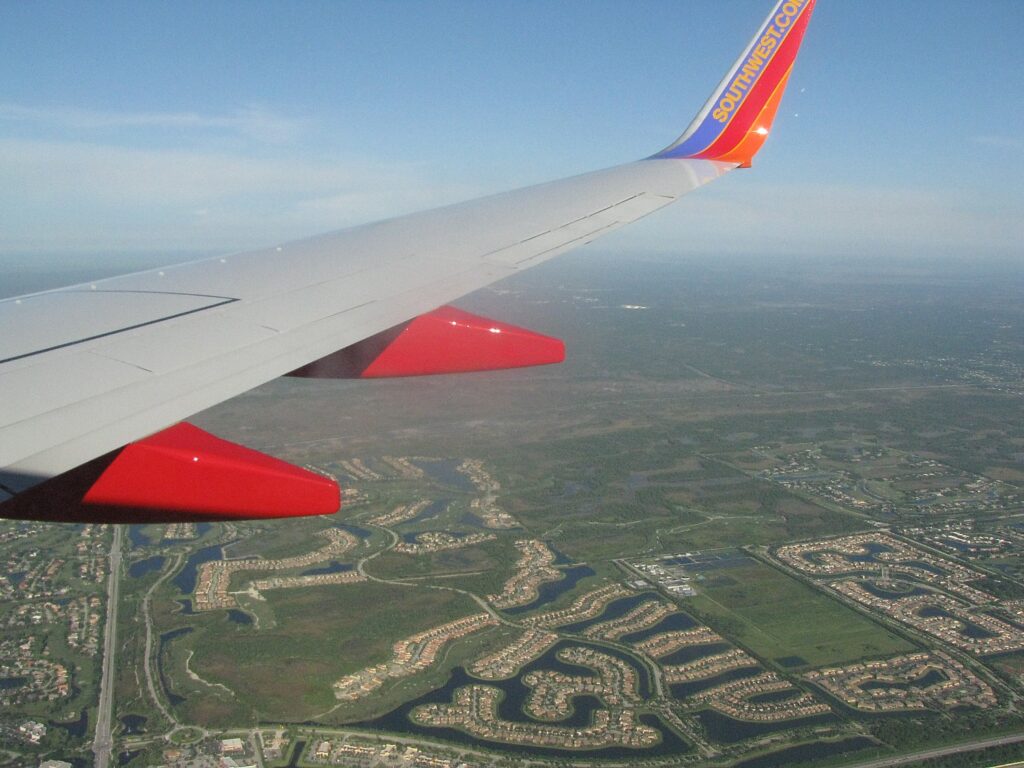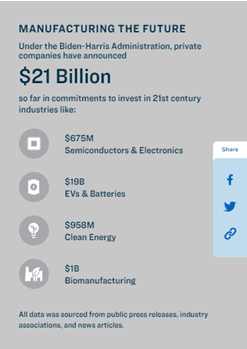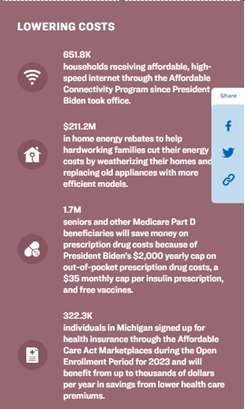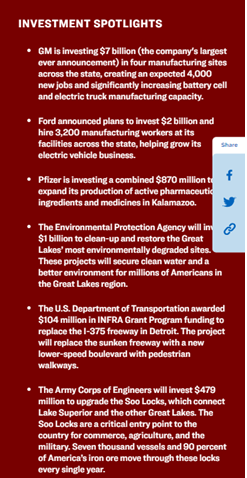The Biden-Harris Administration announced a first-ever national goal to transition to a zero-emissions freight sector for truck, rail, aviation and marine, along with a commitment to develop a national zero-emissions freight strategy, and announces nearly $1.5 billion in funding to support the transition to zero-emission heavy-duty vehicles. This fact sheet is provided by the White House:

The U.S. freight system is vital to our nation’s economy. Trucks, ships, trains, and planes move 55 million tons of goods worth more than $49 billion every day, across a vast network that is essential to how Americans live and work. But while industry has made progress on reducing emissions from this sector, freight movement continues to represent a significant share of local air pollution, increasing the risk of asthma, heart disease, hospitalization, and other adverse health outcomes for the millions of Americans, especially overburdened communities, who live and work near highways, ports, railyards, warehouses, and other freight routes. The transportation sector is also the largest source of climate pollution in the U.S., with trucks and buses comprising nearly a quarter of emissions from the sector. That’s why President Biden’s Investing in America agenda is supporting solutions that address harmful pollution, and has spurred $165 billion of private sector investments in zero-emission vehicle technologies.
Building on this momentum, the Biden-Harris Administration announced a first-ever national goal to transition to a zero-emissions freight sector for truck, rail, aviation and marine, along with a commitment to develop a national zero-emissions freight strategy. This whole-of-government strategy includes new federal investments announced today, continued engagement with stakeholders on zero-emissions freight infrastructure, and forthcoming action plans on each of the freight segments. The strategy will prioritize actions to address air pollution hot spots and tackle the climate crisis, mobilizing a broad range of government resources, and reflect public participation and meaningful community engagement, furthering the President’s commitment to environmental justice for all. This new commitment to zero-emissions freight aligns with and supports President Biden’s existing goals for a carbon pollution-free energy sector by 2035 and for achieving net-zero emissions from the transportation sector by 2050.It also aligns with the Administration’s commitment to work with other countries to identify pathways and implementation actions that enable zero-emissions medium- and heavy-duty vehicles to reach 30 percent of new sales in 2030 and 100 percent of new sales by 2040.
Investing in Zero-Emissions Freight Sector
The Administration also unveiled several key steps under the strategy, including major new funding programs, a new initiative to track and accelerate deployment of charging and refueling infrastructure, and a new program to standardize heavy-duty vehicle charging depots:
As part of this commitment, the Environmental Protection Agency (EPA) is announcing today a nearly $1 billion funding opportunity for cities, states and Tribes through President Biden’s Inflation Reduction Act to replace Class 6 and Class 7 heavy duty vehicles – which include school buses, trash trucks, and delivery trucks – with zero-emissions vehicles. The funding will support infrastructure to charge, fuel and maintain heavy-duty zero emission vehicles along with workforce development and training to get this work done. Under the requirements of the Inflation Reduction Act, at least $400 million of the program’s funding will serve communities dealing with significant air pollution. Projects supported through this program will reduce air and noise pollution, improve public health, and create good-paying clean energy jobs.
The Department of Transportation (DOT) announced the first tranche of its $400 million Reduction of Truck Emissions at Port Facilities Grant Program to improve air quality and reduce pollution for truck drivers, port workers and families that live in communities surrounding ports. The Department of Energy (DOE) is also announcing a $72 million investment to establish a “SuperTruck: Charged” program that will demonstrate how vehicle-grid integration enables depots and truck stops to provide affordable, reliable charging while increasing grid resiliency.
Convening Stakeholders to Accelerate the Transition to Zero-Emissions Freight
The Administration is bringing together stakeholders from commercial truck fleets, ports, vehicle manufacturers, state and local governments, utilities, infrastructure providers, climate and environmental justice organizations for a convening at the White House focused on supercharging the buildout of the infrastructure necessary to make a zero-emissions freight ecosystem a reality in the United States. Today’s convening on zero-emissions freight infrastructure is designed to launch a series of engagements aimed at tackling emissions from the movement of goods across the nation and recognizes the great progress made already by leaders in freight decarbonization. The roundtable will mobilize action towards successfully implementing the National Zero-Emission Freight Corridor Strategy, with special attention paid to infrastructure targets from 2024 to 2027, and will provide Administration officials with insight into the opportunities and challenges facing communities looking to set actionable goals, integrate new planning methodologies, and protect people’s health.
Building on the Administration’s Freight Policies
The announcements build on the Administration’s ongoing work across federal agencies to tackle emissions from America’s freight system.
- Blueprint for Transportation Decarbonization: In January 2023, DOE, EPA, DOT, and the Department of Housing and Urban Development (HUD) jointly released the U.S. National Blueprint for Transportation Decarbonization. Building on this work, the Biden-Haris Administration is coordinating with each of these agencies to draft a series of decarbonization strategies for each segment of the freight system.
- Zero-Emissions Freight Corridor Strategy: Last month, the Joint Office, in collaboration with DOE, DOT, and EPA, released the National Zero-Emission Freight Corridor Strategy, a vision for the development of charging and hydrogen refueling infrastructure along high-volume freight highways and hubs by 2040. To complement this multi-phase strategy, DOT designated National Electric Vehicle Freight Corridors along the National Highway Freight Network and other key roadways.
- Heavy Duty Vehicle Regulations: In December 2022, EPA finalized standards to reduce emissions that form smog and soot from Model Year 2027 and later heavy-duty engines and in March 2024, the agency finalized new greenhouse gas emission standards from heavy-duty vehicles for Model Years 2027-2032. The standards will avoid 1 billion tons of greenhouse gas emissions and provide $13 billion in annualized net benefits to society related to public health, the climate, and savings for truck owners and operators. The final standards will also reduce dangerous air pollution, especially for the 72 million people in the United States who live near truck freight routes, bear the burden of higher levels of pollution, and are more likely to be people of color or come from low-income households.
Advancing Environmental Justice for All
Throughout the process of building a strategy to implement this new goal to transition to a zero-emissions freight ecosystem, the Biden-Harris Administration will provide opportunities for meaningful engagement from relevant stakeholders, including communities with environmental justice concerns, Tribal Nations, state and local governments, manufacturers of heavy-duty vehicles and equipment, fleets and freight operators, and climate and environmental justice organizations. Such engagement will ensure the federal government’s actions to reduce emissions are better targeted, more effective, and reflect the priorities of community groups that have frontline experience with air pollution from the freight sector.
Disparities in ambient air quality have widened over the last decade even as air pollution levels have fallen, and the burden of persistent levels of elevated air pollution remains more heavily borne by communities of color and low-income families. While 120 million Americans live in places with unhealthy air quality, a higher percentage of the exposed population are people of color, who experience nearly eight times higher rates of pediatric asthma and 1.3 times higher risk of dying prematurely from exposure to pollutants. High levels of air pollution are often found in neighborhoods ringed by factories or next to highways, despite most sources meeting emission standards.
President Biden and Vice President Harris believe that every person has a right to breathe clean air and live in a healthy community – now and into the future. That is why, during his first week in office, President Biden signed Executive Order 14008, launching the most ambitious environmental justice agenda in our Nation’s history. To continue delivering on that vision, last year President Biden signed Executive Order 14096 focused on ensuring environmental justice for all people, further embedding environmental justice into the work of federal agencies to achieve real, measurable progress that communities can count on.
As the Biden-Harris Administration leads an all-of-government approach to cut pollution from heavy-duty vehicles, it will build on ongoing work and structure to further advance environmental justice, including:
- Commitment to Identifying and Investing in Disadvantaged Communities: Established in his first week in office, the President’s Justice40 Initiative set a goal that 40 percent of the overall benefits of certain federal climate, clean energy, clean transit, and other investments flow to disadvantaged communities that are marginalized by underinvestment and overburdened by pollution. To date, 518 programs across 19 federal agencies, including 74 Inflation Reduction Act-funded programs, are being reimagined and transformed to meet the Justice40 goal and ensure the benefits reach the communities that need them most, including cleaner air and accessible public transit. Federal agencies are making this happen with the Climate and Economic Justice Screening Tool, which is used to identify disadvantaged communities that benefit from the Justice40 Initiative.
Environmental Justice Across the Federal Government: Agencies across the Biden-Harris Administration, including DOT, DOE, and EPA, are pursuing a suite of actions that advance environmental justice, including through grants, strategic planning, and collaborative partnerships, and by strengthening public health protections under the Clean Air Act to reduce air pollution from mobile and stationary sources (e.g., revised ambient air quality standards, updated emission standards for passenger cars, commercial trucks and buses).

